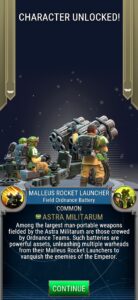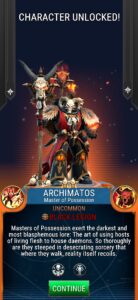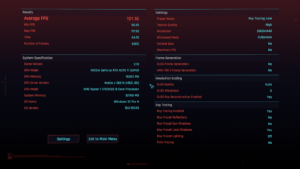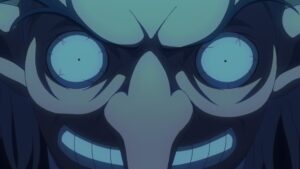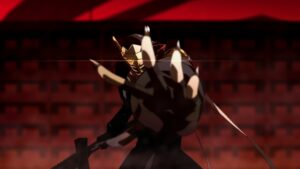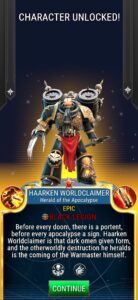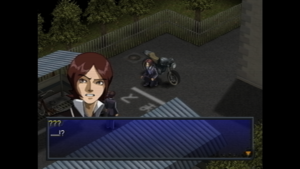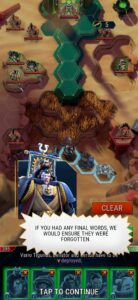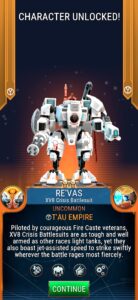Completed Snatcher.
Don’t assume that all the combat episodes are as easy as the first few. The one in the air duct gets quite brutal.
Guess it’s MSX heritage, but the game can get quite… sugestive at times.
Third chapter starts with a lot of revelations. Gillian and Jamie were found in cryosleep chamber. Harry, the technician that gets killed in the end of 2nd Act, is actually their son, now older than his parents by 20 years. Yeah, that plot twist from Fallout 4? Kojima thought about it 25 years before.
Snatchers kidnap Jamie. There are two more excruciating shooting sequences. Then a 20 minutes long monologue of creator of the Snatchers.
First, Soviet Union has develop a virus called Lucipher Alpha that could wipe an entire city. Then, they developed androids, that would replace the now dead population, adopting their looks. Both Gillian and Jamie were researches on that team, but Gillian was also CIA agent. The head of research was Professor Modnar, and he had a son, Elijah, who became envious of Gillian and Jamie.
So when Soviet Union collapsed, Elijah releases the virus and puts himself, Gillian and Jamie into cryosleep, while his father and Harry, Gillian’s son, manage to escape.
Ten years later, Elijah wakes up from his sleep and resumes the Snatcher program, developing kind of a god complex. When he starts his operation, his father in turn develops an android that would hunt other androids: Random Hajile, being Elijah Modnar in reverse, looking the way Elijah looked when he put himself to sleep. While snatchers are imperfect, unable to withstand ultraviolet for long, Random is perfect, and doesn’t know he’s an android. Now Elijah recoverd Random’s body and plans to make his snatchers perfect as well.
But Random is not dead yet. He grabs his original by the neck, allowing Gillian and Jamie to escape while the facility is blown from space, proving that he’s more human than human.
The game ends with Gillian and Jamie promising to reunite, and Gillian departing to Moscow to destroy the original snatcher factory.
Overall, I’m very impressed with this game. It’s a solid cyberpunk adventure that is still playable 30 years later, without a guide. The only complaint I have are the final figth sequences. I don’t know if the original game was running at a lower frame rate, but I found them to be ridiculuously hard. Other than that, even shameless plagiarism of Kojima can now be viewed as “subtle references”, I guess.
